Homeowner Newsletter, Fall 2023
©2023 Jeffrey C. May
When there are a lot of potential buyers and not many properties for sale, it’s called a “Sellers’ Market.” Under such conditions, buyers can be encouraged to forgo the home inspections in order to make their offers more attractive to sellers. And under such competitive conditions, buyers can be stretched to the limit financially to present the “winning bids” for properties they really want. Then they could be facing maintenance, repair, and even replacement work that they hadn’t anticipated facing and may not be able to afford.
Let’s look at some of the numbers, which are based on estimated averages for an 1800 square foot home in northern Massachusetts, where I live (estimates will be different in other locations):
| Potential savings by forgoing a home inspection – not including costs of a lead inspection, pest inspection, or radon testing: | $600 to $800 |
Potential problems in doing so:
| House needs a new roof: | $14,000 |
| Furnace needs to be replaced: | $5,000 to $7,000 |
| Gutters and downspouts need to be replaced: | $4,000 |
| Potential costs of forgoing the home inspection: | $23,000 to $25,000 |
Save: $600 to $800. Potentially spend: $23,000 to $25,000
How about if you already own a home?
Decision made – to defer having the gutters and downspouts cleaned for three years:
Potential savings: $200/year for a total of $600
Potential damage: Peeling paint at exterior, water intrusion below-grade.
Potential costs:
| Repainting part or all of the exterior of the house: | $1,500 to $6,000 |
| Remediating mold in basement caused by water intrusion: | $7,000 |
| Total: | $8,500 to $13,000 |
Save: $600. Potentially spend: $8,500 to $13,000.
![C:\Users\Owner\Desktop\Penny Wise Pound Foolish\6669 Aspergillus mold on beam [sampled].JPG](https://www.mayindoorair.com/wp-content/uploads/2023/11/c-users-owner-desktop-penny-wise-pound-foolish-66-1.png)
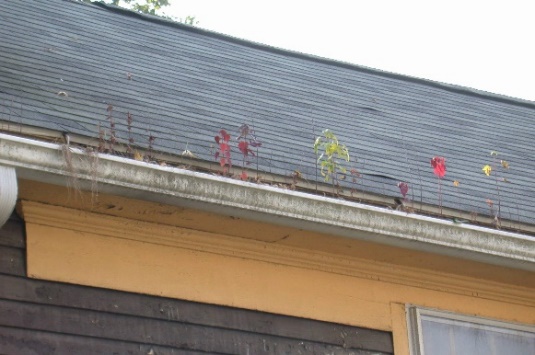
Decision made – to ignore that pile of dirt at the bottom of a 150 foot-long wooden fence:
Potential savings: A weekend of light shoveling
Potential damage: Termite damage.
Potential costs:
| Termite treatment: | $220 to $875 |
| New wood fence: | $2,500 to $4,500 |
| Total: | $2,720 to $5,375 |
Save: a weekend of physical labor. Potentially spend: $2,720 to $5,375
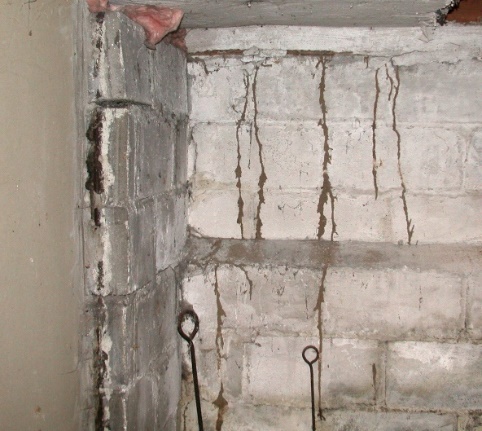
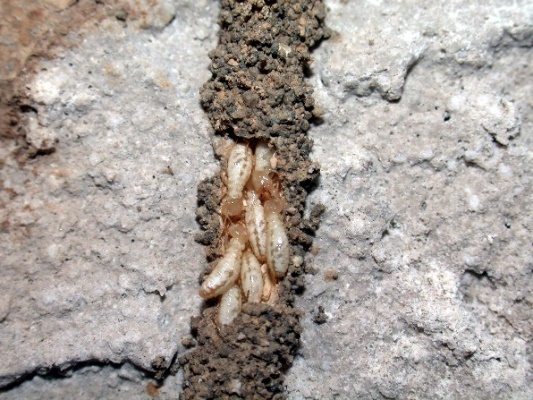
Hire a home inspector: A home inspector can help you save money, whether you are considering purchasing a property or whether you already own one.
I was a home inspector before I became an indoor air quality professional. I think of a home inspector as a generalist who can give an unbiased assessment of the maintenance or replacement needs that a home may have. Then you can gather estimates from specialists such as plumbers, electricians, painters, and roofers. Without that general, unbiased assessment, you may end up paying for work that is not necessary. In addition, if you don’t understand why the problem occurred in the first place, you won’t know how to prevent the problem from reoccurring.
Case studies:
Number 1: When I was a home inspector, a former client of mine called me because a roofer had told him that his house needed a new roof. He decided to ask me to look at the roof because he wanted a second opinion. Most of the roof was in fair condition, with the exception of some shingles in a section above a dormer. In asking for an independent opinion, he saved himself a great deal of money.
Number 2: A couple who had just purchased a new home called me because they were concerned about an irritating odor in the basement that gave them headaches. They were assured by a gas-company representative that there were no gas leaks in the house. A Fire Department representative said that there was no problem with carbon monoxide. A plumber said that the boiler was working well but might need to be replaced. As a former home inspector, I was able to identify the odor as combustion products and immediately tested the boiler for combustion spillage. The boiler had a pilot light, and the automatic damper for the combustion gases was closed when the boiler wasn’t operating. Because the pilot light was continuously on, combustion products from that light could not enter the chimney when the boiler was off and were thus flowing into the basement. Unfortunately, the carbon monoxide concentration in the combustion gases was too low to be detected by the CO detector.
Number 3: A homeowner called me because she had been told that her moldy basement needed to be remediated to the tune of $15,000. She was so frightened about being exposed to mold that she had moved into a hotel.
It was true that there was some minor mold growth in her basement; the growth was present due to elevated relative humidity (RH) conditions. In addition, a gutter at the exterior was clogged, so roof water was flowing out of the gutter, splashing along the foundation, and seeping into her basement – providing even more moisture for mold growth.
But much of the staining on the foundation walls was efflorescence and not mold growth (efflorescence occurs when moisture migrates through concrete and then evaporates, leaving behind white crystalline deposits that look like lacy fingers). The remediation she needed was much more targeted and less expensive than the original estimate. She also needed to better control the RH below-grade and to have her gutter system (gutters and downspouts) cleaned. An experienced home inspector could have given her tips about how to maintain the gutters and downspouts to prevent water from intruding into her basement.
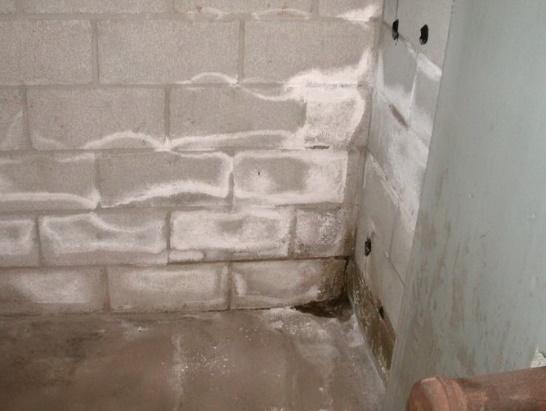
Number 4: A man spent a lot of money having mold removed from his attic. The remediation company did a great job and for a reasonable price, but no one told him that he had to stop warm house air from migrating up into the attic. As a result, moisture was condensing on the sheathing, and mold began to grow again on the sheathing. A home inspector could have told him to have his bathroom exhaust fan vent to the exterior rather than into the attic, and to install an “attic tent” (a tightly fitted, insulated box) over the pull-down stairs leading to the attic. Taking these steps would have reduced the flow of moisture from the rooms below into the attic.
Resources:
How to Operate Your Home by Tom Feiza (“Mr. Fix-It”) contains a lot of practical advice and is available on line (https://htoyh.com/).
The American Society of Home Inspectors website (https://www.homeinspector.org/) has a geographic list of its certified members.
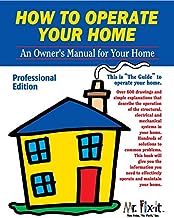
Author or co-author of five books on indoor air quality, Jeff May is a retired member of ASHI (American Society of Home Inspectors) and is principal scientist of May Indoor Air Investigations in Tyngsborough, MA (978-649-1055; www.mayindoorair.com).
The photographs in this article are the property of May Indoor Air Investigations and cannot be used without permission.
